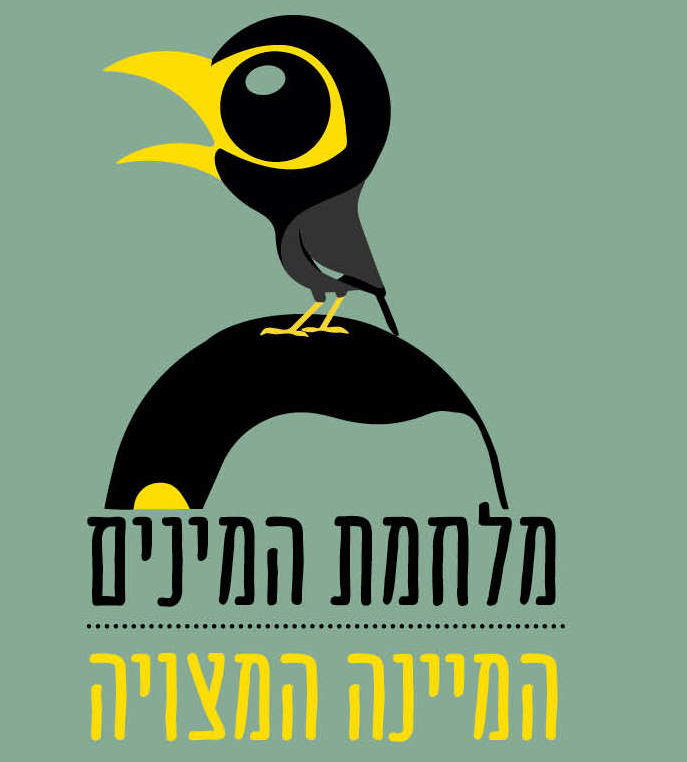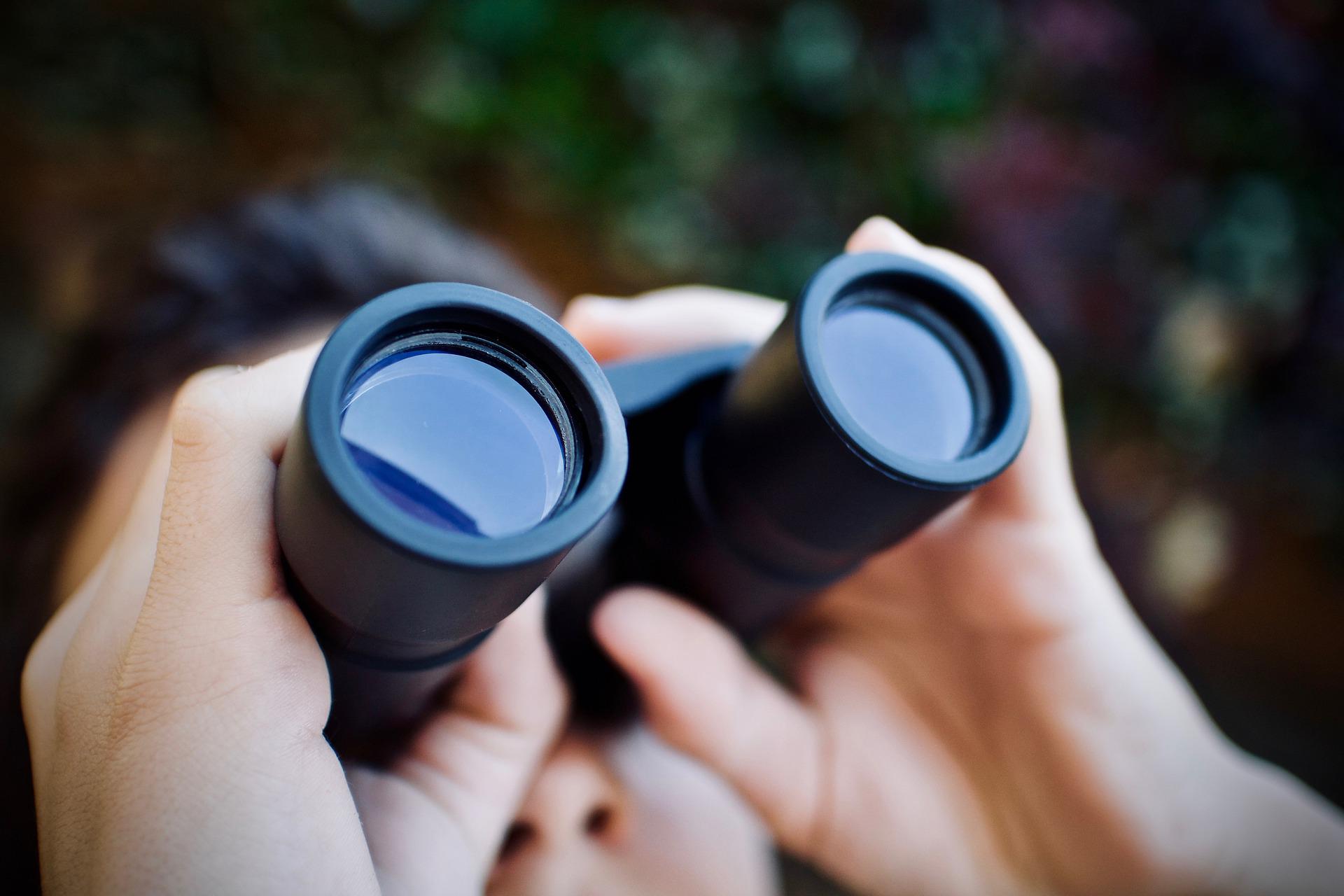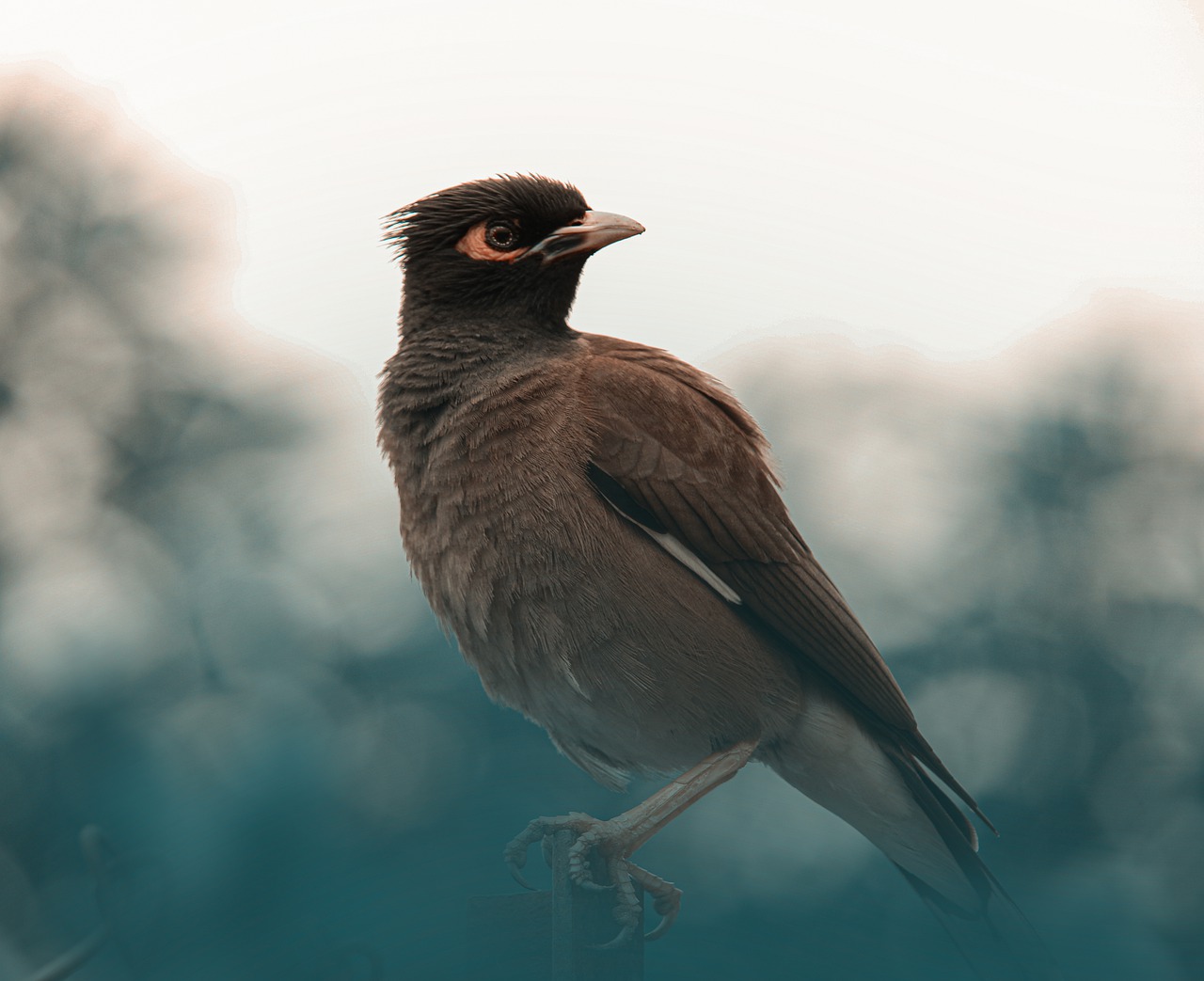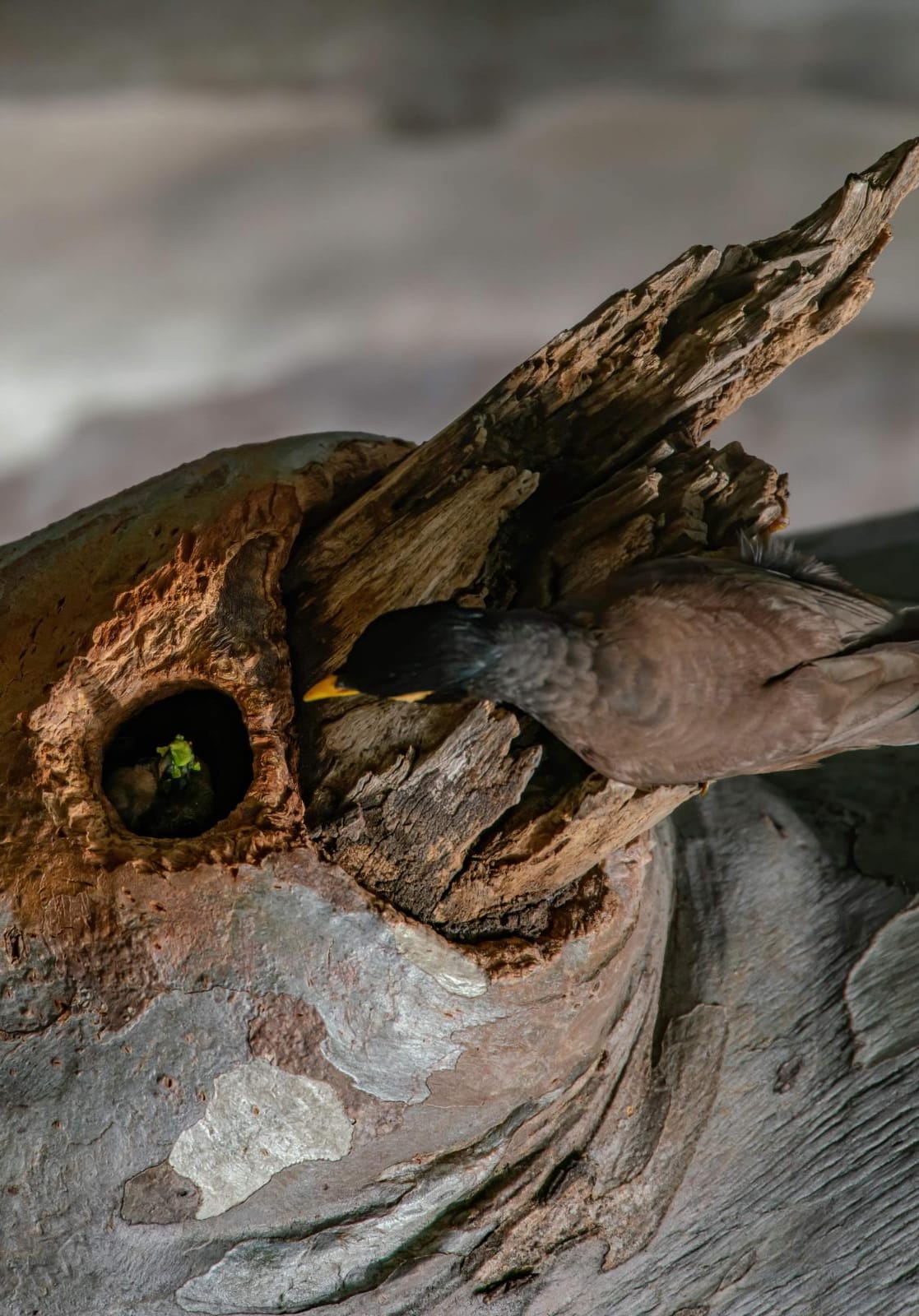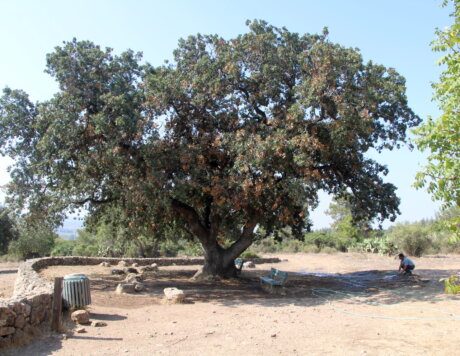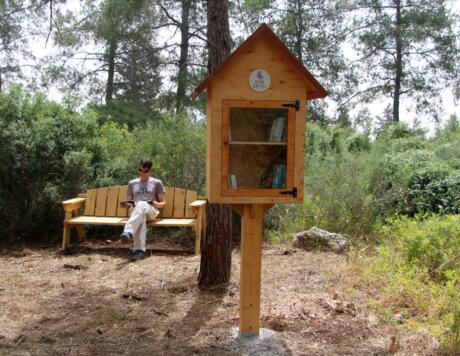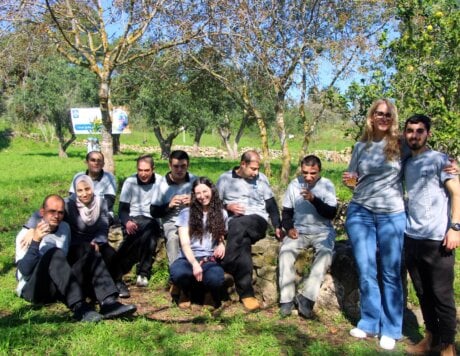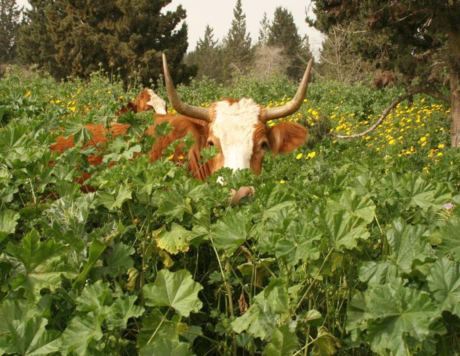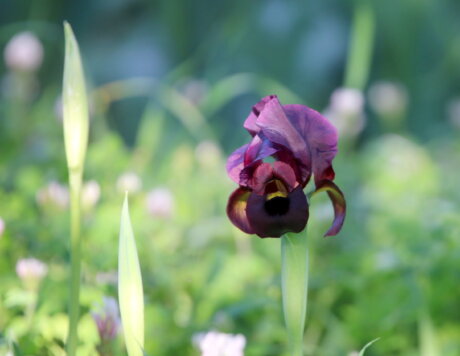The students in the programme are exposed to different approaches and attitudes with respect to intervention on invasive species, in a way that develops critical thinking from different perspectives and is not one-dimensional. This thinking encourages complex dialogue and minimizes extreme attitudes.
On mynas and pilots
Therefore, in January this year (2022), the programme was put into practice for the first time with 15 teachers who registered to the programme and underwent a fascinating journey, a journey that they also disseminated and taught to their students. More than 400 students participated in the programme this year, the pilot year of the programme.
At the end of it, on a particularly moving summit day, the students presented their impressive, creative products that even surprised the developers of the program: scientific posters, a staged simulation of a Knesset committee, jingles, plays and more.
Spreading success?
In contrast to invasive species, social and environmental change spreads gradually.
The students who experienced and underwent the programme are now aware of humans’ potential damage to the environment; thus they better understand the responsibility required from us.
In addition, they were able to participate, be exposed and take part in active research and experience the essential conflicts on treatment methods while understanding that any intervention / non-intervention has a price, and to learn that sometimes the truth is not dichotomous; it requires sensitivity, flexibility, perseverance, learning and long-term supervision.


